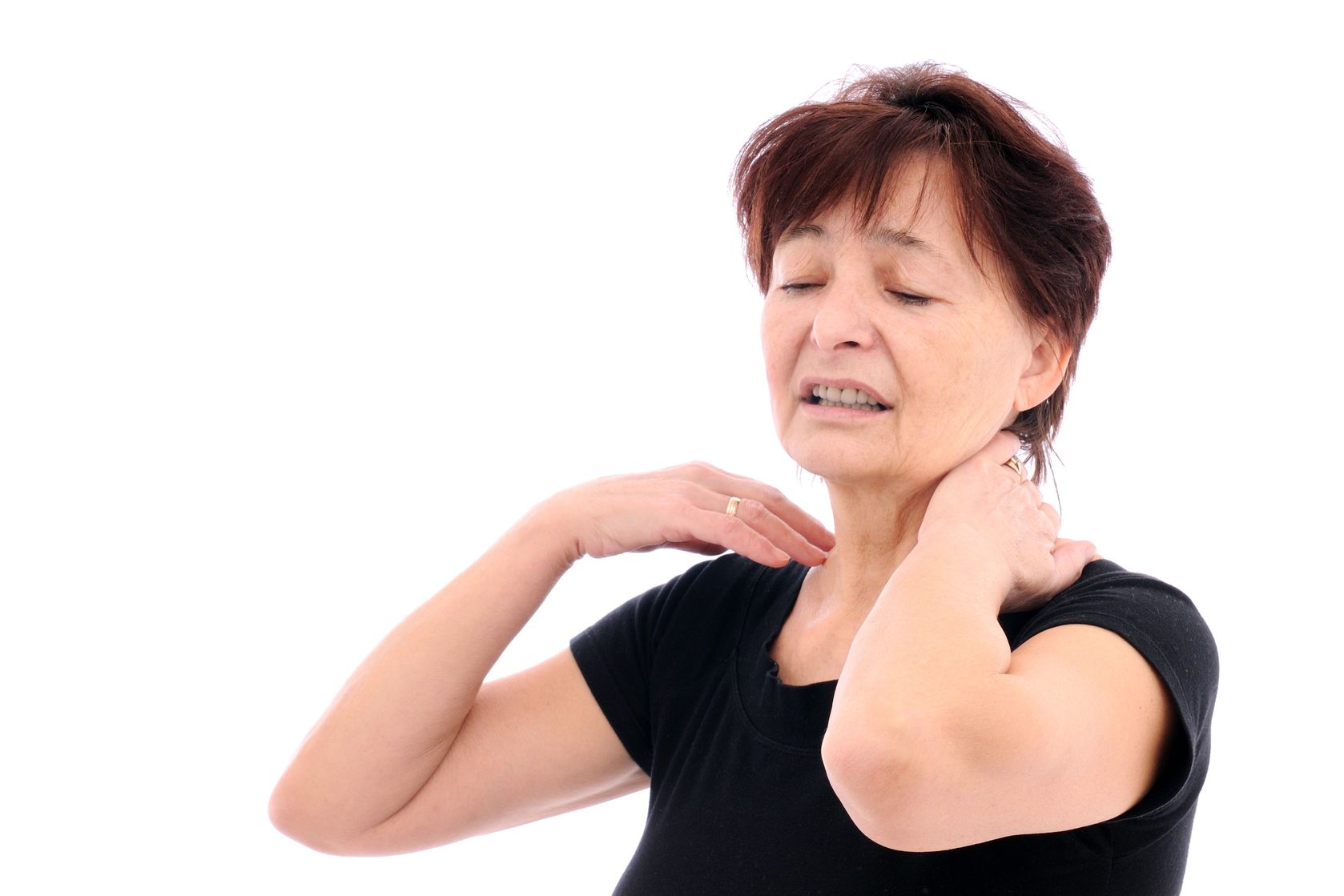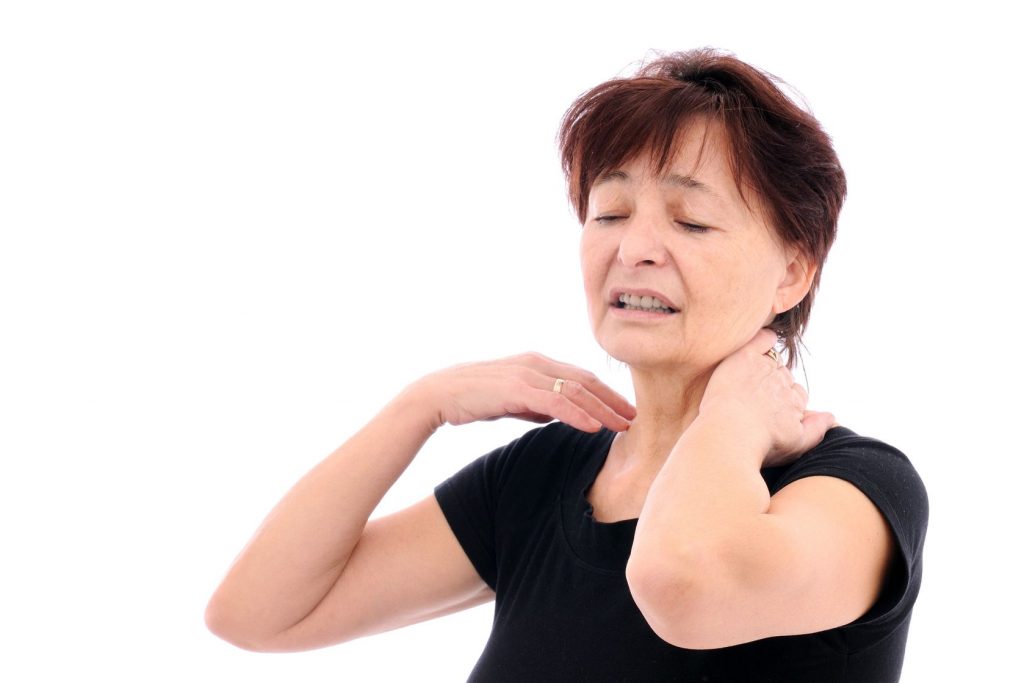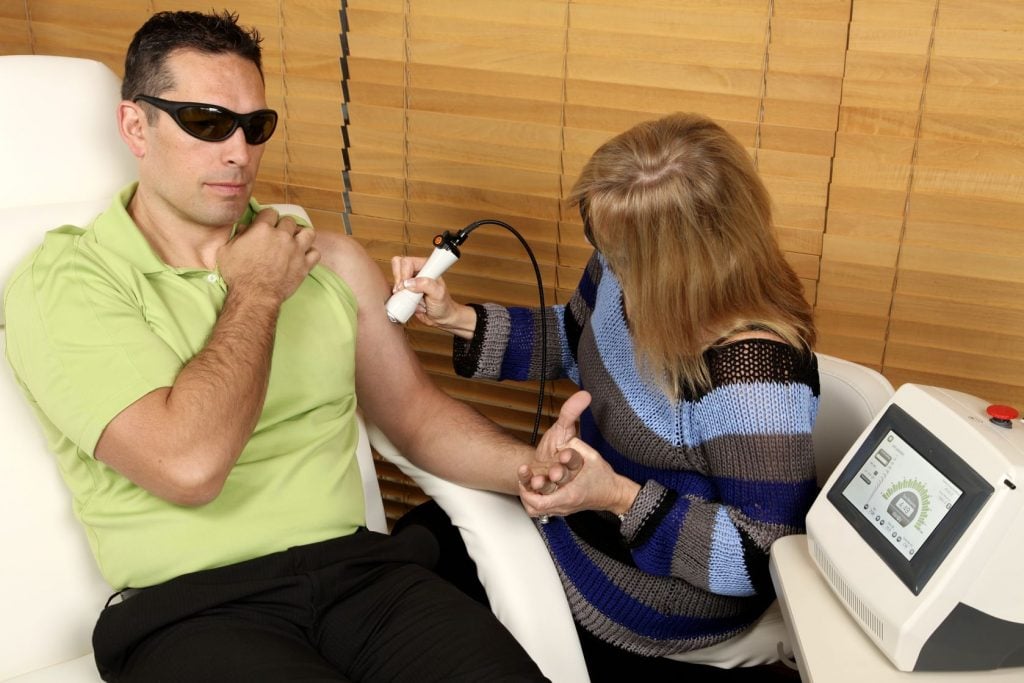Your cart is currently empty!
Tag: fibromyalgia
-

Feldenkrais for Fibromyalgia

Feldenkrais for Fibromyalgia
How Feldenkrais Can Help Fibromyalgia
The Feldenkrais Method is a way of changing your habits in order to make movement easier, more comfortable and more enjoyable (while making your brain more flexible). Feldenkrais rhymes with ‘rice’ and is named after it’s inventor, Dr Moshe Feldenkrais. Read more about Feldenkrais here.
 Hello, my name’s Jodie and I’m a Physiotherapist with over 25 years experience in working with people who have chronic pain, including many people, past and present, with Fibromyalgia. Read more about my work experience.
Hello, my name’s Jodie and I’m a Physiotherapist with over 25 years experience in working with people who have chronic pain, including many people, past and present, with Fibromyalgia. Read more about my work experience.If you are battling with daily pain and fatigue, I can truly empathise. I used to laugh about the fact that I seemed to have had pain in every part of my body. I figured that it helped me develop new forms of self-treatment that I could teach my clients. I also felt that it made me a more compassionate therapist.
However it was a strange surprise when a few years ago I was diagnosed with Fibromyalgia myself. Since my mid 30s I have used Feldenkrais, Pilates, diet, exercise, massage, medication and meditation to help deal with variable daily pain and fatigue. My rheumatologist suggested that the reason that my Fibro has not stopped me from having an active and satisfying life is simply good management. So now I am on a mission to share with you the things that have worked for me over the years.
Although I have tried many approaches, the Feldenkrais Method is by far the most effective and powerful tool I’ve discovered to help with the persistent and sometimes severe pain of Fibromyalgia.
Over the years, I have seen many people with severe pain and movement difficulties turn their lives around using Feldenkrais. One client who had not experienced even one minute without pain for over 20 years did Feldenkrais with me for 3 months before he experienced his first 2 hours of being pain free. The pain-free periods gradually got longer and more frequent. After one year he was pain free most of the time. When he experiences pain now he knows how to find his way out of it again using the Feldenkrais Method.
This leads me to share with you 6 reasons why the Feldenkrais Method and is so suitable for many people with Fibromyalgia:
- Encouragement – a sense of relaxation and wellbeing is often experienced from the very first time you do a movement lesson and the enjoyment makes you want to continue
- Slow gentle pace – the slow mindful movements make it safe and help avoid flare-ups,
- Energy conservation – the focus is on efficient movement and reduced effort – imagine how much more energy you would have if you could bring this approach to everything you did!
- Flexibility and adaptability – each person is unique and different, and the exercises are easily adapted to your particular situation and needs
- Prevention – you become more sensitively tuned into your body so that you realise more quickly when you are doing something that will end in pain later
- Autonomy – you can learn to do Feldenkrais for yourself, reducing the need for hands-on treatment
No matter what your pain is like, how long you’ve had it, or how severe it is, almost everyone can improve their pain by improving their movement. The latest neuroscience suggests that the pain in Fibromyalgia, is not due to a problem in the tissues themselves, but to a dysfunction in the way the brain and nervous system transmit and interpret pain signals. This results in an increase in sensitivity to pain and to pain amplification.
The movements in Feldenkrais can help to decrease pain and improve your ability to perform everyday activities. The gentle, mindful movements send new and different messages to your brain through pleasant sensations, changing the way your brain and nervous system function. You begin to understand how some of your movement habits may not be working for you and you discover new options. This is a learning process which includes your whole body and your mind, not just the parts of you that hurt.
If you’d like to learn more, you can view video of a talk I gave to the Fibromyalgia Support Network of Western Australia. This includes a short Feldenkrais ‘Awareness Through Movement’ lesson you can try while sitting in a chair.
As you may be able to tell, I’m passionate about the Feldenkrais Method, so I hope you will feel free to contact me at Free2Move if you have any questions or if you’d like to book in for an individual Feldenkrais appointment.
-

Low Level Laser Therapy (Cold Laser)
Low Level Laser Therapy (Cold Laser)

What is Low Level Laser Therapy (LLLT)
LLLT or Cold Laser is a painless, non-invasive form of light therapy which is thought to stimulate a healing response in tissues such as muscles, blood vessels, bone, nerve, skin, ligaments, tendons and other connective tissue. The laser beam we use is in the infra-red range of the spectrum. Because it’s wavelength is beyond the red end of the spectrum of visible light, its beam is invisible.
Laser differs from visible light because it has a single coherent wavelength rather than a range of wavelengths (which are what give visible light it’s range of colours). Unlike light, a laser beam does not diverge, but remains parallel and this allows it to be focused in a precise way. Our Laser is different from medical Lasers used in surgery, as it does not generate heat and therefore cannot burn tissue (which is why it is sometimes called Cold Laser). Laser treatment is painless and there is no vibration or sound when it is emitted.
How does Low Level Laser Therapy work?
The simplest answer is that we don’t know. The main theory suggests that it affects metabolism at the level of the cells, bringing about chemical reactions which accelerate cellular metabolism. This is thought to result in more faster cellular repair and regeneration with the formation of healthy new cells. It may also work by improving the blood supply to an area. It may reducing pain by it’s effects on the nerve endings and by stimulation of the body’s own pain relieving chemicals (such as endorphins and seratonin).
What conditions seem to respond well to Low Level Laser Therapy?
Laser can be helpful for pain relief, reduction in swelling, promoting tissue healing and reduction in the formation of fibrous scar tissue.
Conditions reported in the scientific literature to respond to Laser include pain relief and tissue healing, especially:- Back Neck and Knee Pain
- Shoulder Pain
- Fibromyalgia and Chronic Pain
- Arthritis
- Carpal Tunnel Syndrome
- Tennis Elbow
- Ankle Sprains
- Tendinitis and Tendinosis
- Ulcers / Wound Healing
- Painful Scar Tissue
What is the Scientific Evidence for Low Level Laser Therapy?
LLLT is an emerging modality that looks like it will result in a multitude of effective new treatments. It has not yet gained widespread acceptance because the body of scientific research supporting it’s effectiveness is still small. More research needs to be done to show which conditions it is most useful for and what the doseage should be. Quite a lot of the current evidence comes from studies on animals such as mice, though there have been some encouraging human studies.
Free2Move recommends Low Level Laser Therapy as part of a normal Physiotherapy treatment programme rather than as a stand alone treatment. Because is is a relatively new treatment, results cannot be guaranteed.
What are the risks of Low Level Laser Therapy?
The main risk is to the retina of the eyes. The intense and focused beam can damage the eyes if it shines directly into them. Safety glasses are worn at all times during treatment to prevent this damage. As an additional precaution, the Laser beam is never turned on until it is placed on the skin. Because the Laser cannot be seen, a blue light indicates that the machine is working and is an added safety feature. Laser should not be done over the ovaries, testicles, thyroid or pregnant uterus. There are some other contraindications to Laser for which you should be screened by your therapist. Provided these precautions are taken there are no known negative side effects.
Read about Exercise, Imaging and Laser for Shoulder Pain
More info: Please call Free2Move on 0405 97 2211 or email info@free2move.com.au
-

Joint Hypermobility Frequently Asked Questions

Joint Hypermobility Frequently Asked Questions
What is Joint Hypermobility?
Joint Hypermobility is a condition in which joints can be moved beyond the normal or expected range of movement – sometimes referred to as being double jointed. When Joint Hypermobility affects multiple joints in the body, it may be due to a systemic condition causing excessive mobility of the connective tissues which bind the body together, including ligaments, tendons, muscles, skin, blood vessels and the gastrointestinal tract.
Does Joint Hypermobility cause pain?
The condition does not necessarily cause pain in and of itself, in fact it may be an advantage to have extra flexibility, for example, many dancers and gymnasts are hypermobile. However the disadvantage is that extra flexibility may result in poorer stability, a difficulty in sensing the position of joints (reduced proprioception) and a susceptibility to injuries such as joint sprains or dislocations along with slower recovery.
What is Joint Hypermobility Syndrome (JHS)?
Joint Hypermobility Syndrome, sometimes called Benign Joint Hypermobility Syndrome (BJHS), refers to a group of conditions in which Hypermobility occurs along with chronic pain (pain lasting more than 3 months) and affects multiple joints. It has been recognised condition since 1967.
Why does it take so long to arrive at a diagnosis of JHS?
Joint Hypermobility Syndrome has been under recognised and under treated by health professionals and the medical establishment, though awareness of the condition is growing. Because people with JHS may exhibit a good range of movement even when they are in severe pain, their pain may have been ignored or trivialized at times. It may even have been implied that they are exaggerating or imagining the pain or that they are just suffering from anxiety.
What are the Causes?
Joint Hypermobility is often hereditary, so if you have very flexible joints, it’s likely that one or both of your parents do also. It’s more common in women and in children and adolescents.
Problems with proprioception and sometimes coordination can lead to frequent injury. Recovery from injury is often prolonged, due to recurrent re-injury of the healing tissues. Re-injury may occur without the person realising that it’s happening at the time, such as during periods of prolonged poor posture. A person with hypermobility usually has greater than average spinal movement for example, so can slouch even more fully than someone who is relatively stiff, putting the spinal discs under great pressure.
More serious causes of Joint Hypermobility include several genetic conditions such as Ehrlers Danlos Syndrome (which may cause fragile skin, easy bruising, heart, vascular and lung disorders) and Marfan Syndrome (which may cause skeletal abnormalities, eye, vascular, heart and lung problems). For this reason, people with Joint Hypermobility who have other symptoms are advised to consult a knowledgeable physician for a thorough medical assessment.
Why do people with JHS feel stiff?
Lack of joint stability may result in having to work harder in the muscles to hold yourself up against gravity, so people with Joint Hypermobility may find prolonged sitting and standing extremely difficult. This can lead to slouching along with painful overuse of the superficial muscles, along with limited activation of the deeper ‘core’ muscles that would normally assist with balance and stability. The result can be feeling tight and stiff all over, however stretching (for example yoga classes) may exacerbate the problem by increasing joint mobility.
What other problems may be associated with Joint Hypermobility?
Varicose veins, hernias, pelvic organ prolapse, irritable bowel syndrome, stretch marks and scarring, snapping or clicking joints, scoliosis, fibromyalgia, osteoarthritis, pronated feet, fatigue, anxiety and depression are conditions which may be related to and co-exist with Joint Hypermobility. Conditions which affect the autonomic nervous system, including palpitations, dizziness, fainting and excessive sweating are also more common in people with JHS.
Is it better to rest or exercise with JHS?
Regular physical activity, especially during the teenage years when the body is growing quickly, assists the development of a strong and healthy musculo-skeletal system that is resistant to injury. However with JHS pain can cause avoidance of exercise and physical de-conditioning. In the long term this can result in more pain. Although rest may be required at times to assist with tissue healing following injury, staying active and improving cardio-vascular fitness, strength, core stability, balance and posture and keystones in the management of JHS.
Recommended exercises include Clinical Pilates, the Feldenkrais Method, swimming, hydrotherapy and Tai Chi. Contact sports and any forms of exercise with a high risk of injury are not advisable for most people with hypermobile joints. The important thing is to find a balance and exercise that is right for the individual. Advice from a Physiotherapist with an understanding of JHS can be very valuable.
Connect with others
There is a is a great new blog site where you can get information and support. Visit Hypermobility Connect.
How We Can Help

The Feldenkrais Method is very useful when someone has moderate or severe pain. People with JHS frequently report that they don’t feel pain during physical activity, they only feel it afterwards, when it is too late to change the way in which they move.
Feldenkrais helps you become more aware of small discomforts, before they develop into pain, so that you can stop and change the way you are doing something. Because it is so gentle even people with severe pain can participate in one-to-one Feldenkrais sessions, with view to progressing to classes, where they can gain greater independence and freedom from pain. Through gentle movement lessons, participants clarify their ‘self image’ – the detailed map of the body, which everyone has in their brain. Improved body awareness and proprioception reduces the frequency and severity of re-injury, allowing the body to repair the damaged tissues.
Clinical Pilates can assist teenagers and adults with JHS and mild to moderate pain to safely improve their body awareness, posture and strength, promoting a return to more vigorous forms of physical exercise. Individual assessment is essential prior to commencing our programmes.
-

Arthritis

Arthritis
Arthritis is one of most common causes of chronic pain. Physiotherapy can assist you to maintain your independence by safely improving your flexibility, strength and mobility.
How We Can Help
Don’t let pain stop you from exercising or losing weight! At Free2Move many clients with Osteoarthritis, Rheumatoid Arthritis and Fibromyalgia attend our exercise programmes every week. Our Physiotherapists support them in safely improving their strength, mobility, posture and body awareness without aggravation of pain.
Our Clinical Pilates Studio Programme is the most popular way to begin exercising for people arthritis, because of the benefits of strengthening your core muscles. Our Pilates machines help you build strength safely and gradually, beginning with partial weight bearing exercises (usually done lying down) and progressing to full weight bearing.
 Feldenkrais is the gentlest of the classes we offer at Free2Move and often the best way to begin if you are in a lot of pain. Our clients with various forms of Arthritis have found Feldenkrais extremely helpful for relieving and managing pain. It’s relaxing and enjoyable!
Feldenkrais is the gentlest of the classes we offer at Free2Move and often the best way to begin if you are in a lot of pain. Our clients with various forms of Arthritis have found Feldenkrais extremely helpful for relieving and managing pain. It’s relaxing and enjoyable!Not sure which exercise programme is best for you? Discuss it with one of our friendly and experienced Physiotherapists.
Book an individual assessment now
[/vc_column_text][/vc_column][/vc_row]
